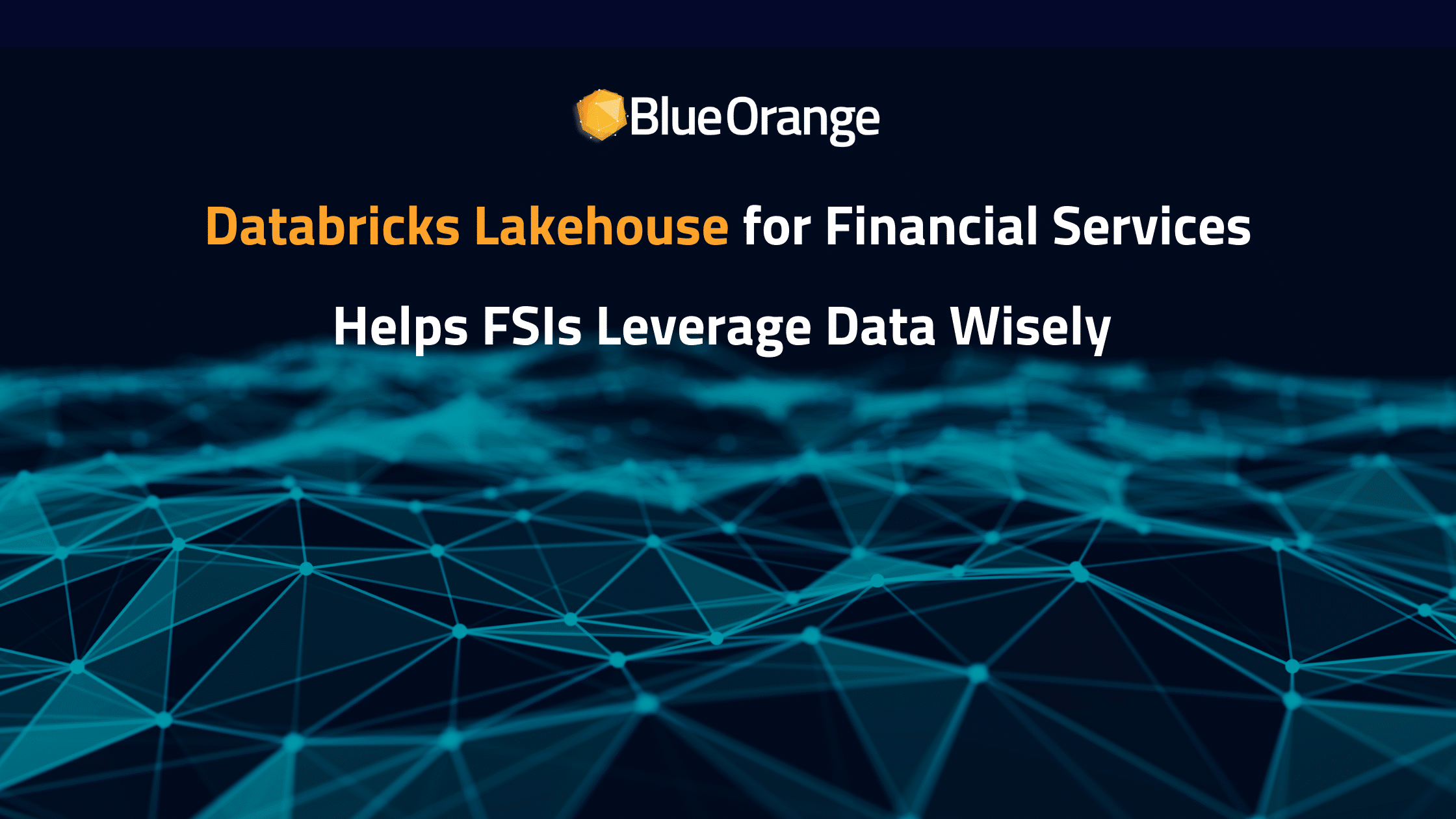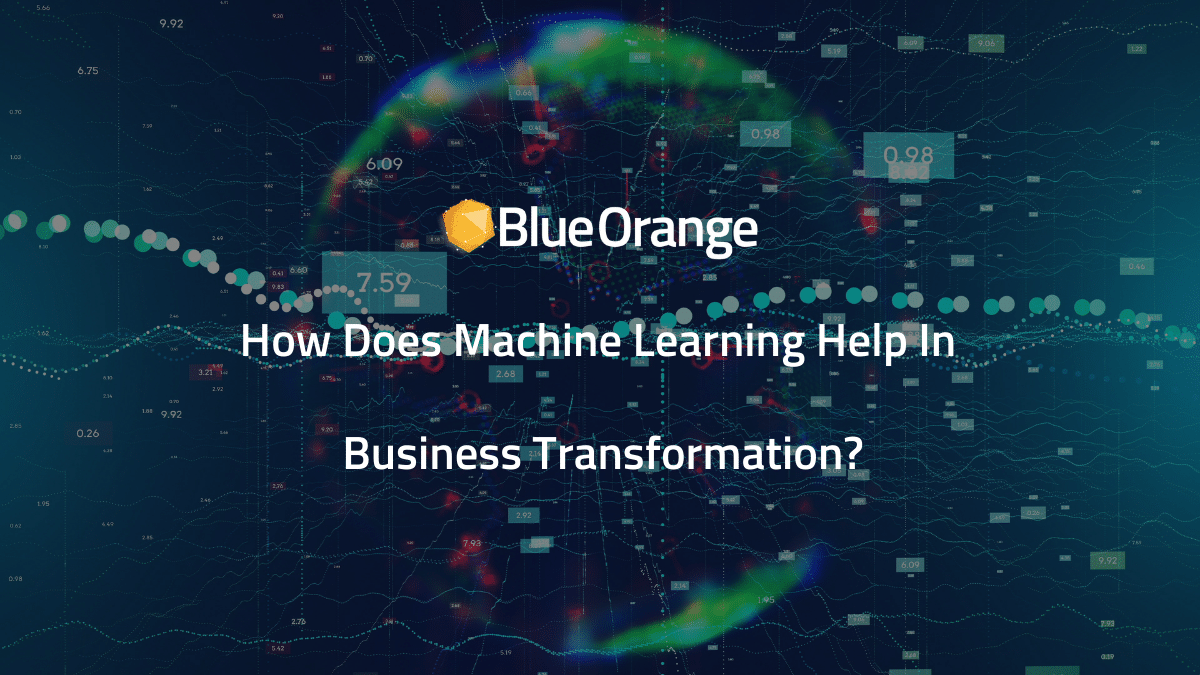Winning more customers in the financial services industry has never been more challenging. Regulators are investigating companies that engage in questionable sales tactics. Customer skepticism after the 2008 crash has never disappeared entirely. That’s why financial services companies are turning to data strategies. Specifically, there are two critical banking problems you can solve with Big Data.
The Business Problems You Can Solve In Banking Today
In banking, there are a few ways you can harness data strategy to drive improvement to the bottom line. First, you can use data strategies to increase customer retention. The longer you retain customers, the greater chance you have for cross-selling, referrals, and ongoing fees. Second, you can optimize your customer acquisition process using data. Let’s take a closer look at how financial services companies are using both of these strategies.
Were you expecting us to mention high-frequency trading? Or AI-powered trading strategies? Those strategies can make a difference. However, we consider them to be second-tier strategies. If you do not have customers, trading more efficiently does not matter.
Improving Bank Customer Retention With A Data-Driven Customer Experience
Increasing customer retention has a significant impact on profits. International Banker, Bain & Co research, reports that “increasing customer retention rates by 5% can increase profits by anywhere from 25% to 95%.” That makes sense when you consider the economies of scale that underpin most banks.
In practice, there are several ways to use data to improve results in banks. Take the time-honored practice of offering special discounts to favored customers. In the context of a customer with a mortgage, checking accounts, a line of credit and more, doesn’t it make sense to offer discounts? Not necessarily. McKinsey reports on a bank that used machine learning to analyze discounts.
The result? The current discount practice was wasteful. According to McKinsey, “Bankers claimed that they offered them only to valuable ones and more than made up for them with other, high-margin business. The analytics showed something different: patterns of unnecessary discounts that could easily be corrected. After the unit adopted the changes, revenues rose by 8 percent within a few months.” Questioning established industry practices in banking is difficult. However, you can use data analytics to raise those questions and drive improvement to the bottom line.
This insight demonstrates that improving customer retention is not always about trying a new idea. Instead, you can also use data strategies to question the effectiveness of traditional banking methods. When you apply data analytics to your customer retention, think broadly! Use it to examine existing practices like discounting and pricing as well as evaluate new ideas.
Driving Customer Acquisition In Financial Services With Data
Optimizing revenue and retention with your current customer base is critical. However, banks also need new ways to compete for new customers. Historically, banks have not been shy about spending heavily on sales and marketing. However, the financial services industry continues to be a slow adopter for online channels.
A recent industry study of bank marketing budgets found that “the percent of spend allocated to “online channels” increased 71 percent from 2015 to 2017, from seven percent to 12 percent of total marketing spend. (“Total marketing spend” includes such items as sponsorships, corporate donations, and corporate communications).” Given the efficiency of digital marketing, there is a significant opportunity for banks to increase digital marketing effectiveness.
Questions that can be answered with ML for your bank:
- How do I reduce customer churn?
- Which indicators are the leading association to churn?
- What tactics work best for customer loyalty programs?
- Which incentives convert more people to sign-up?
- Which customers are the most valuable?
- Which offers appeal best in this city, state, income, or education level?
- Which offers appeal best to Joe, Rachel, or Elena?
- Knowing a viewer is a repeat website visitor, how do I tailor the landing page?
- Which marketing campaigns are working?
- Which pay-per-click ad is working?
- How do I automate the process to find leads, email them, and get customers?
- How much value would it bring to my company to invest in ML?
Ask Blue Orange Digital, we know the answers.
Use Case
To illustrate what is possible, take note of how a new digital bank is using an indirect strategy to acquire more customers.
BankMobile, a digital-only US bank, can acquire customers for a fraction of the industry average. According to a 2017 profile, “On average, it costs traditional banks $300-500 to acquire a new customer, and for us it only costs $9.” The company’s success lies in offering a distinct, low fee product that stands out compared to other options. However, direct customer acquisition was expensive and caused fraud problems.
The bank uses a “Business-to-business-to-consumer” model to leverage partnerships. In BankMobile’s case, they partner with universities and colleges to acquire new customers. As a result, the company has acquired hundreds of thousands of new accounts. From a data perspective, the bank uses a white-label strategy to monitor the effectiveness of these partnerships. Instead of paying for billboards and TV commercials and hoping for the best, the bank can monitor its customer acquisition costs, fraud, and related indicators easily.
How Will You Harness The Power Of Data In Financial Services?
Whether you want to optimize profitability with your current customers or focus on attracting new customers, a data strategy has a role to play. Unfortunately, your existing data warehouses and business intelligence functions are too busy to take on this kind of data project. Contact Blue Orange Digital to discuss how we can improve your bank’s customer retention and acquisition with data.










